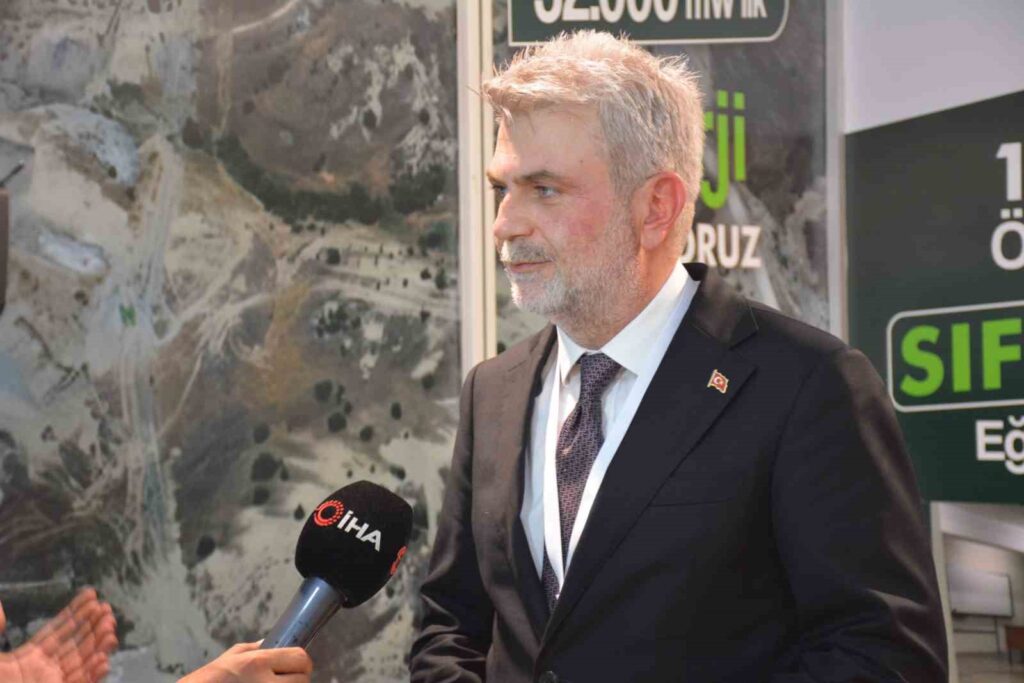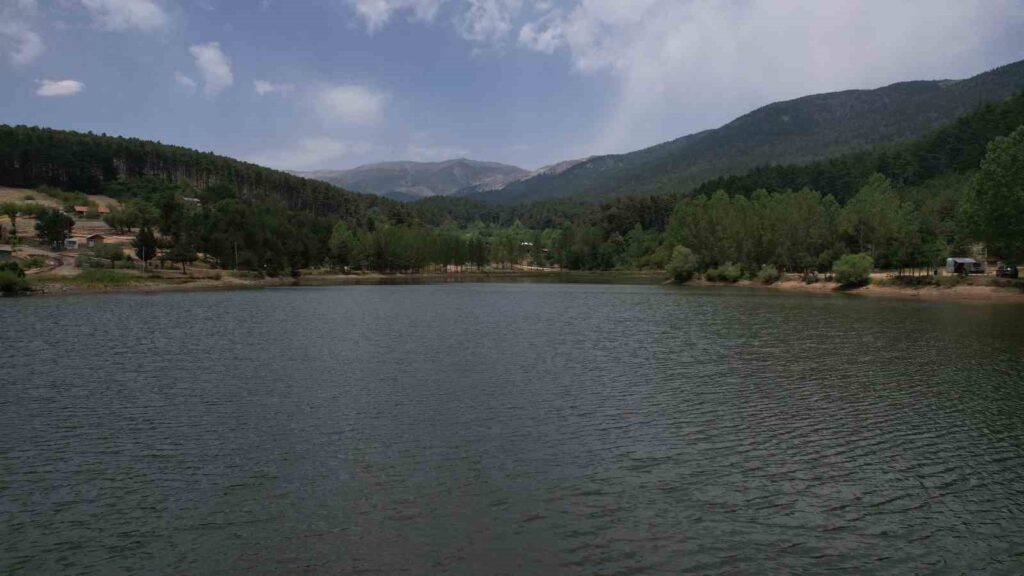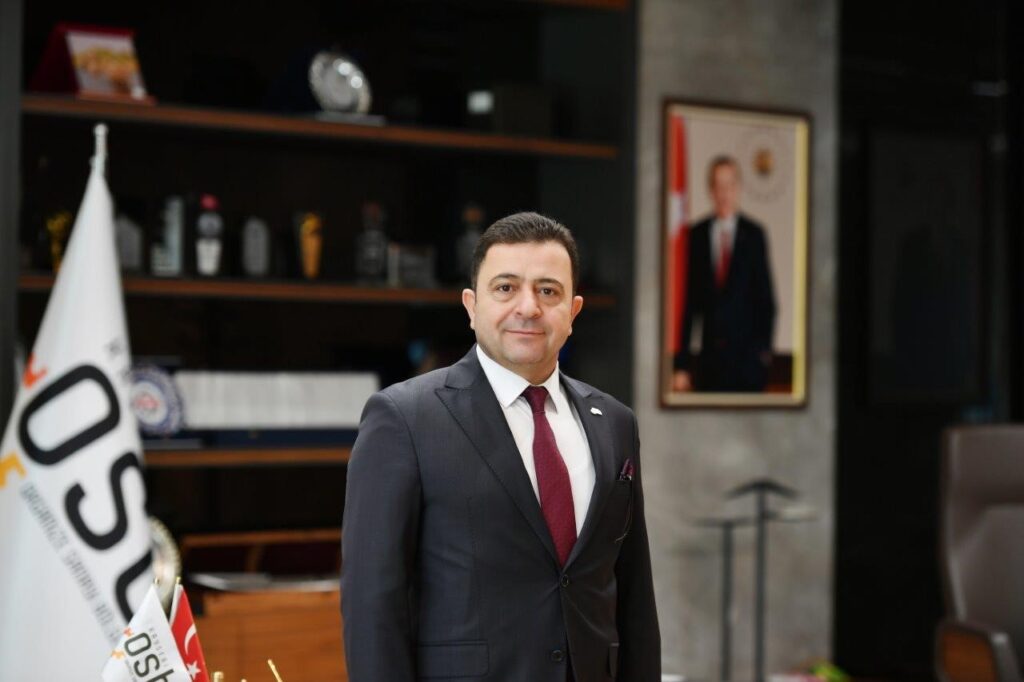Firefighting planes can intervene in forest fires in 12 minutes.
In 2024, a total of 14 Bayraktar TB2-UAVs, 26 aircraft, and 105 helicopters were assigned by the Directorate General of Forestry in Turkey to participate in firefighting efforts nationwide. A firefighting squad, consisting of 3 aircraft, 5 helicopters, and 1 UAV, was deployed in the Edremit district of Balıkesir.

In 2024, a total of 14 Bayraktar TB2-UAVs, 26 planes, and 105 helicopters were assigned by the General Directorate of Forestry in Turkey to participate in firefighting efforts nationwide. A firefighting helicopter named Ateş Pervanesi stationed in the Edremit district of Balıkesir will provide services primarily in the Kazdağları region. Firefighting helicopters can intervene in forest fires in an average of 12 minutes.
Within the Balıkesir Forest Regional Directorate, there are 2 helicopters and 2 Air Tractor firefighting aircraft stationed, one at a central location and the other at the Edremit Kocakır Forest Warehouse heliport, for combating forest fires in the region.
The Mi-8 helicopters, which belong to the light-medium category and have a water capacity of 3 tons, can intervene in fires from the air for up to 2 hours with their standard fuel tank.
To meet the water needs of the firefighting helicopters, 127 ponds and dams are utilized in the Balıkesir province. Moreover, the aircraft can effectively and powerfully intervene in fires by taking water from the sea in coastal areas. Alongside the Russian crew, Turkish Pilot Ismail Karagülle and Forester Süleyman Taşkın are also on duty in the helicopters.
Emphasizing the importance of aircraft in firefighting under the Ministry of Forestry, Balıkesir Forest Regional Director Kemal Kayıran stated, ‘As of 2024, we have a fleet of 14 UAVs, 26 planes, and 105 helicopters nationwide under the General Directorate of Forestry, through which all fires across Turkey are intervened and monitored.’
Kayıran mentioned that there are 2 helicopters and 2 firefighting aircraft in Balıkesir, saying, ‘Currently, we have two helicopters and two aircraft stationed in Balıkesir. One of our helicopters is located in Balıkesir center, and the other helicopter is stationed at the Edremit-Kocakır warehouse where we are currently. Additionally, two tanker aircraft are stationed at the airport in Edremit.’
Regarding the usage of water sources in aircraft operations, Kayıran stated, ‘The most crucial aspect here is the condition of water sources when using aircraft. The more widespread the water sources are, the more effectively these aircraft are utilized. We have 113 helicopter pools in Balıkesir. In addition, there are 127 ponds and other pools used for various purposes. Besides, our helicopters also take water from the sea. Therefore, the average distance between the pools in Balıkesir is about 5 kilometers. This significantly increases our effectiveness in firefighting.’
Forest Regional Director Kemal Kayıran stated that aircraft can intervene in fires within 12 minutes, mentioning, ‘Approximately, 7-8 minutes are spent on preparation. Depending on the proximity of the fire, sometimes it takes 5-6 minutes to reach, so we can consider the average time as 12-13 minutes. That is, the total time for a helicopter to take off and intervene in a fire can reach about 12-13 minutes.’
Kayıran also highlighted that helicopters not only drop water on fires but also transport firefighting personnel quickly to the fire area and conduct reconnaissance missions. He said, ‘Apart from dropping water, helicopters sometimes land our ground teams directly at the fire point in areas where our teams cannot reach by land, enabling interventions such as opening strips there. Sometimes, for the purpose of aerial observation to see the progress of the fire, our helicopters direct our teams from the air. They also intervene in the parts of the fire that pose a danger in terms of the fire’s progression. Additionally, in cases of unwanted injuries or exposure to smoke, our injured colleagues are immediately transported by helicopter to the nearest healthcare facility.’
Providing information about the helicopters operating in the region, Kayıran said, ‘Our helicopters have a capacity of 3 tons. These are Russian-type helicopters known as Mi-8, classified as light-class helicopters. They are indeed very helpful in our operations, especially in facilitating the work of ground teams in initial interventions during fires. Similarly, the planes also offer advantages. The advantage of planes is their speed. They can reach fires faster due to their higher speeds. Helicopters, on the other hand, make more precise shots, so by combining the two, we achieve significant efficiency.’







